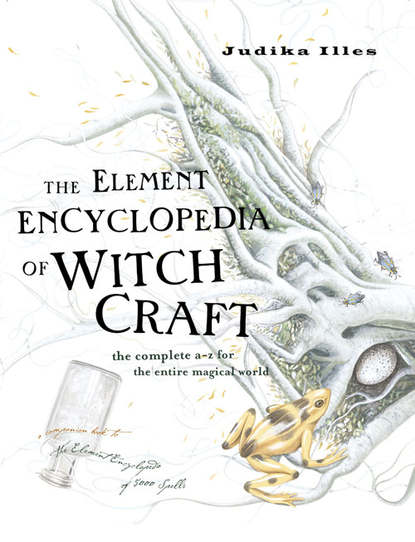By the evening of November 2nd, the dead should be gone, well on their way back to where they came from. Trails of shredded yellow marigold blossoms may be laid to lead them back to the family plot. Stubborn, lingering ghosts are sent on their way by masked mummers. This once would have been the shaman’s job.
Easter
See also Ostara.
In Ireland as well as the United Kingdom and her former colonies, the witches’ party night is Halloween. In Germanic and Slavic lands, witches fly on Walpurgis Night. In Sweden, the witches fly on Easter Eve. Easter? Yes—pagan traditions permeate Easter and not only in Sweden.
Although Easter is frequently considered the most sacred day of the Christian calendar (in some areas it supersedes Christmas) many of its beloved folk customs have nothing to do with Christianity—most obviously egg-delivering bunnies.
Easter corresponds approximately with the vernal equinox, the beginning of spring, and as such is a celebration of new life, including flowers, eggs, and babies. The vernal equinox corresponds with the beginning of the astrological sign of Aries, the very first sign of the zodiac and hence the beginning of a new annual cycle.
Easter’s name honors the Germanic deity whose name is variously spelled Astara, Easter, Eostre, and Ostara and is believed to mean “Radiant Dawn.” Ostara is the spirit of spring and the returning season of fertility. Her annual return was traditionally celebrated with flowers, bellringing, and singing. New fires were lit at dawn.
Ostara manifests as a beautiful young woman, with flowers in her hair. Her male consort takes the form of a rabbit. Sometimes he is the size of a full-grown human male; at other times he’s a little bunny that Ostara cradles in her arms. Ostara and her frisky rabbit bring the eggs that signify Earth’s resurgence of fertility.
Easter celebrates the magical energy and power that encourages and stimulates new beginnings. It is a festival of fertility and efforts to enhance fertility. These aspects of the holiday may be ignored or passed over, however they are not hidden or obscure. Until not that long ago, it was traditional in French, German, and Italian villages for special phallic-shaped cakes to be carried in procession to the local church at Easter.
Easter’s pagan components include the following.
Easter Eggs
Eggs are symbolic of new life, new beginnings and fertility. They are a component of countless magic spells. Decorating, preserving, hiding, and burying eggs are only a few of the techniques used in ancient spells from around the world. The goals of most spells incorporating eggs include protection, purification, spiritual cleansing, wish fulfillment (the goose with the golden eggs), prosperity, and abundance including personal reproductive abundance. When a major fertility symbol like a rabbit presents another fertility symbol, like an egg, a very clear message is being sent. (For those unfamiliar with the basics of the birds and the bees, in real life rabbits do not hatch eggs, ever
Вы ознакомились с фрагментом книги.
Для бесплатного чтения открыта только часть текста.
Приобретайте полный текст книги у нашего партнера:








 Рейтинг:
0
Рейтинг:
0